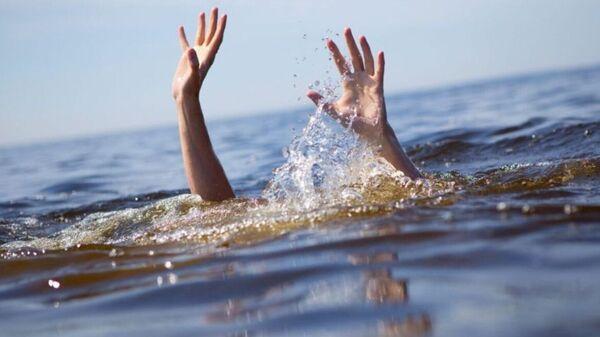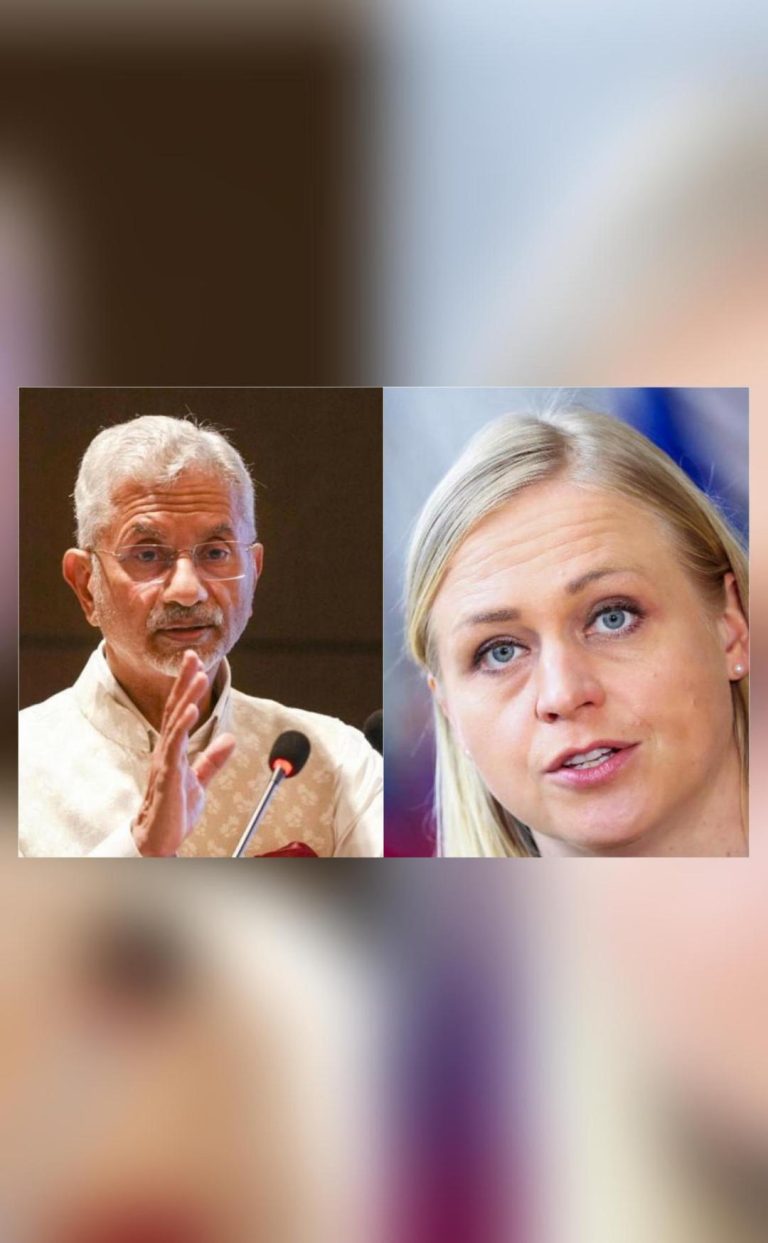
Title: Over 9,000 people drown annually in West Bengal: Survey
Drowning is a silent killer that claims thousands of lives every year, and West Bengal is no exception. According to a recent survey conducted by the Child in Need Institute and The George Institute for Global Health, over 9,000 people drown annually in the state, with a staggering 25 deaths reported daily. What’s more alarming is that half of these deaths are children, and the mortality rate among children aged one to nine is a shocking 121 per lakh, making it one of the highest ever recorded globally.
The survey, which analyzed data from 2015 to 2020, revealed that drowning is a leading cause of accidental death in West Bengal, accounting for nearly 30% of all accidental fatalities. The state’s rural areas are particularly affected, with a higher incidence of drowning reported in these regions. According to the survey, the majority of drowning incidents occur during the monsoon season, when heavy rainfall and flooding make it difficult for people to access safe drinking water and sanitation facilities.
The survey also found that children aged one to nine are the most vulnerable group, with a mortality rate of 121 per lakh. This is a staggering figure, especially when compared to the global average of 46.8 per lakh. The survey attributed this high mortality rate to several factors, including lack of supervision, inadequate swimming skills, and poor safety measures around water bodies.
The statistics are indeed alarming, and it’s essential to take concrete steps to address this crisis. The Child in Need Institute and The George Institute for Global Health have made several recommendations to reduce the incidence of drowning in West Bengal. These include increasing public awareness about the risks of drowning, improving water safety measures, and providing swimming lessons to children.
In addition, the government and local authorities must take immediate action to address the root causes of drowning. This includes improving access to safe drinking water and sanitation facilities, especially in rural areas. Moreover, measures must be taken to prevent water pollution and ensure that water bodies are safe for swimming and other recreational activities.
The survey also highlighted the need for better training and equipment for lifeguards and emergency responders. In the event of a drowning incident, every minute counts, and having adequately trained and equipped responders can make all the difference between life and death.
The survey’s findings are a wake-up call for the government, non-governmental organizations, and civil society to work together to address this critical issue. It’s essential to prioritize drowning prevention and response measures, especially in areas where the incidence of drowning is highest.
The survey’s recommendations are not just limited to the government and non-governmental organizations. Individuals too have a crucial role to play in preventing drowning incidents. Parents and caregivers must ensure that children are supervised at all times when they are near water, and that they are taught basic swimming skills.
Moreover, individuals can play a key role in promoting water safety measures in their communities. This can include organizing swimming lessons, promoting water safety awareness campaigns, and advocating for policies that prioritize drowning prevention and response.
In conclusion, the survey’s findings are a stark reminder of the need to take immediate action to address the crisis of drowning in West Bengal. The state government and local authorities must work together with non-governmental organizations and civil society to implement concrete measures to reduce the incidence of drowning. Individuals too have a crucial role to play in preventing drowning incidents, and by working together, we can make a significant difference in the lives of thousands of people.
Source: https://repository.inshorts.com/articles/en/PTI/1133128a-fec3-4609-af66-462663003eff






